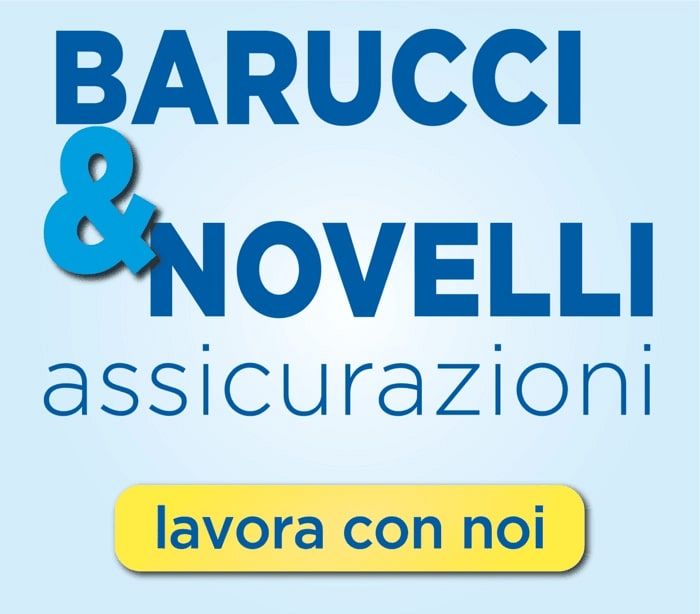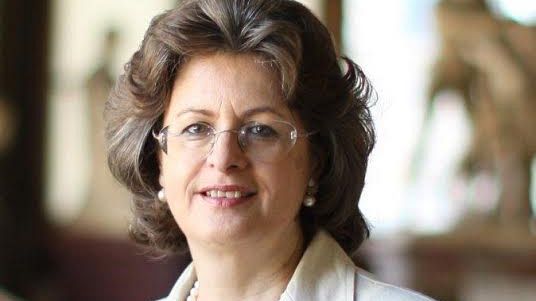Despite being too soon to establish whether its characteristics will lead to new applications, ferrofettelite is already a record-breaking mineral. This is the 100th mineral identified by Luca Bindi, full professor of Mineralogy of Florence University.
The ferrofettelite, a silver sulfosalt, is a subtype of the already known ferrofettelite, from which it takes its name. It was discovered in a rock sample extracted from Odenwald mine, Germany.and deposited in the mineralogical collection of the University of Arizona Gem and Mineral Museum. From there it was sent to Florence to be studied by Bindi, the Italian scientist who has identified the highest number of new minerals, and who is one of the world's top 10 researchers to have described new mineralogical species.
The discovery was then certified by the appointed commission of the International Mineralogical Association, which approved it so that it could be included in the official list of natural materials known to men.
Bindi is no stranger to breaking records. So far in his career he has described about 2% of the 5700 known minerals. Most of these belong to the prestigious Sistema Museale Dell'Ateneo Fiorentino collection, a true mineralogical paradise of about 50000 samples. The researcher is entitled to a further record: among the 100 minerals that he has described 13 of them are extraterrestrial (almost 3% of the 470 which have been discovered), some pieces of meteorites have been identified including the icosahedrite and the decagonite, the only two natural quasicrystals to have been documented.
"When a material with a previously unknown composition and a new structural arrangement of the atoms is discovered, then we are dealing with a new material" Bindi explains. "Ferrofettelite is obviously a very rare mineral and, as always in these cases, it will be studied in order to discover its characteristics and understand if its artificial synthesis will be able to bring any new applications"
Tradotto da:
Agresti Irene, Baldini Elettra, Becagli Alessia, Bini Camilla, Boni Chiara, Brancaccio Virginia, Calabri Francesca, Cassese Alessia, Cei Irene, De Ieso Daniele, Fino Manuel, Garuglieri Bianca, Mantuano Gaia, Panarisi Elena, Panizza Ginevra, Rita Elena, Sari Nina, Tozzi Giulia della 5H Linguistico dell’Istituto Russell-Newton




